

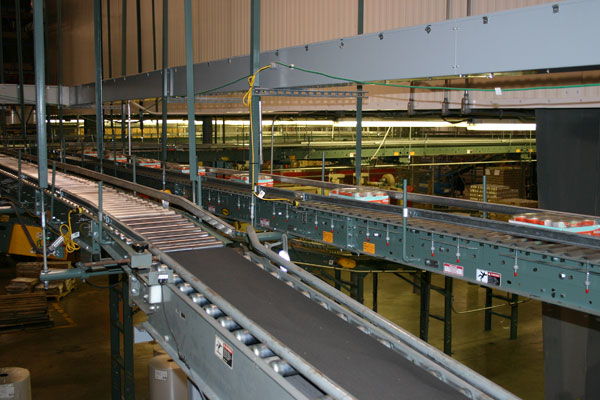
As your 3PL grows and attracts more clients, products, and infrastructure, your product movement and storage capacity won’t be able to keep up with the increased volume. Growth is a great problem to have, but it’s still a problem.
Intelligent warehouse automation is an effective way to create better flow, enhance efficiency, ramp up throughput, reduce errors and improve your processes. Introducing automated systems into your current warehouse environment can produce drastic reductions in time spent on certain day-to-day activities.
Read the rest of this entry »
Tags: warehouse technology, Conveyor, Automation, 3PL, logistics, storage, warehouse, Third Party Logistics, warehouse flow
Posted in Automation, Labor & Efficiency|

Manufacturing skills gap. Talent shortage. Shifting workforce demographics. What are the trends?
Call it what you will, but the fact remains that the U.S. manufacturing industry faces a pressing issue in the coming years if current worker retirement rates continue to accelerate and projections for industry expansion prove accurate. Research from the Manufacturing Institute and Deloitte indicates there could be as many as 2 million unfilled manufacturing jobs by 2025, up from initial estimates of 600,000. As noted in a Huffington Post article on the research findings, retirement and rapid industry growth are the two driving factors contributing to the skills shortage.
To get a better sense of how the industry is addressing the challenges (and potential opportunities) associated with the increasing skills gap, we recently conferred with industry partners, leaders, and subject matter experts.
Read the rest of this entry »
Tags: Automation, warehousing, Manufacturing, labor, skills gap
Posted in Manufacturing|
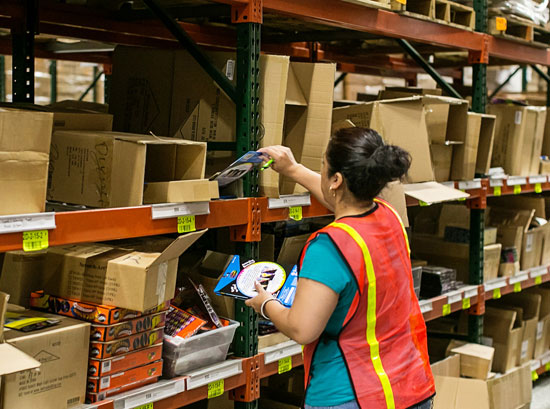
Like the Paul Simon song goes, there are 50 ways to pick an order—except in reality there are far more.
With such a variety of methods, processes, technologies and equipment options out there, it can be challenging to determine the best ways to improve order processing efficiency and productivity. In this article, LIDD’s Charles Fallon discusses 10 ways for distribution center managers to boost their order picking crew’s performance.
Read the rest of this entry »
Tags: Automation, productivity, labor
Posted in Order Picking & Fulfillment|
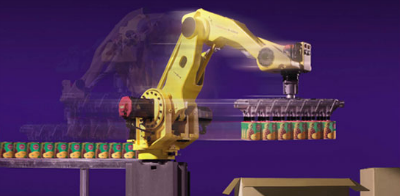
Industrial engineers have envisioned fully automated factories since at least the middle of the 20th century. But the real race to automate manufacturing can be said to have begun in the 1980s, when US car manufacturers came up with the vision of “lights-out” manufacturing. The idea was to beat their rivals by automating the factories to such an extent that the entire manufacturing process could be left to robots. To a great extent, it has remained only a vision so far. Read the rest of this entry »
Tags: Industrial Robots, Automation, Manufacturing, Robotics
Posted in Automation, Labor & Efficiency|
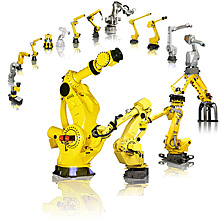
In the last 200 years 70% of jobs done by American workers have been replaced by automation – and during the next century we will see another automation revolution that replaces 70% of American jobs–again.
Tags: Automation, ergonomics, Safety & Ergonomics, Robotics, workers force
Posted in Automation, Labor & Efficiency|
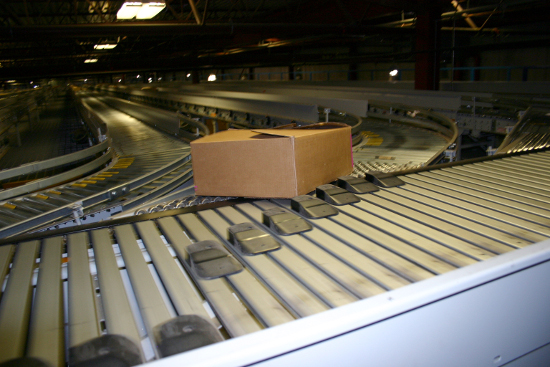
A warehouse control system (WCS) directs “real-time” activities within warehouses and distribution centers. They act as a traffic regulator for warehousing activities, with the mission of running material handling systems (and in some instances, the activities of workers). A good WCS system provides a broad, yet consistent interface for material handling systems like conveyors, carousels, palletizers, sorters, etc. On the other hand, a warehouse management system (WMS) is more focused on broader activities, people, and processes, such as shipments and orders. WMS usually doesn’t reach downstream into the automated equipment itself. A WMS is more about controlling human interactions to fulfill or receive product.
Read the rest of this entry »
Tags: WMS, Automation, software, wcs, warehouse control
Posted in Automation, Labor & Efficiency|
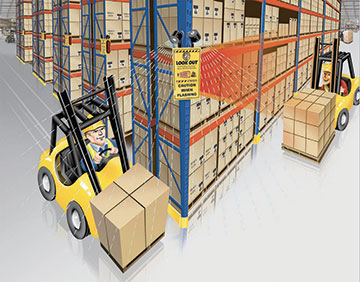
OSHA estimates 85 deaths, 35,000 serious injuries, and another 62,000 non-serious injuries. More than 11% of forklifts are involved in these accidents every year, meaning that the forklift in your warehouse is statistically destined to have an accident before it goes out of service.
Almost 40% of forklift-related accidents involve a pedestrian
And this doesn’t take into account the accidents that damage property, but don’t hurt people. Forklift-to-forklift collisions, or forklift colliding with warehouse racks aren’t included in these numbers if people aren’t injured.
Read the rest of this entry »
Tags: warehouse safety, forklift safety, sensors, collision avoidance, Automation
Posted in Safety & Ergonomics|
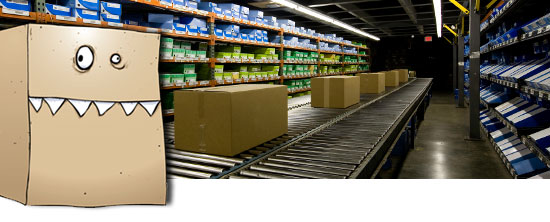
Whether you’re operating a dedicated distribution center or the order fulfillment or stock warehouse of a manufacturing operation, most industrial facilities deal with storage and warehousing to some degree. In the not-so-distant past, warehousing was treated mostly as a cost center – a necessary evil that had to exist so that the more profitable parts of an enterprise could operate. Thankfully, more enlightened thought has prevailed recently.
Order fulfillment and storage are not just places you can save money – they can earn money. If the gremlins don’t get you.
Read the rest of this entry »
Tags: Automation, labor, operations
Posted in Warehousing & Distribution|
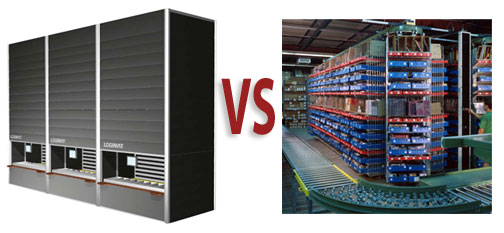
When you are considering an automated picking solution, you have lots of choices. One of the more frequent comparisons is between horizontal carousels and VLM’s – vertical lift modules. Both promise similar efficiency gains: they bring products to pickers rather forcing pickers to move to picking stations in shelving or racks. But which is best? That depends on what set of criteria you use, and what’s important to you.
Read the rest of this entry »
Tags: warehouse technology, Automation, picking systems
Posted in Automation, Labor & Efficiency|
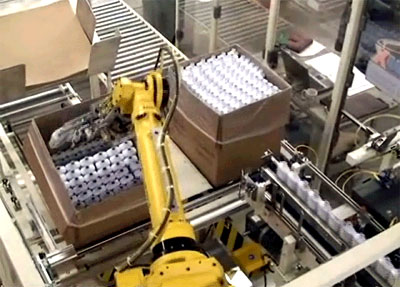
The end of a manufacturing or distribution line is where the rubber meets the road for many operations. It’s potentially the last place where you have direct control of your product before it ships to retailers or direct customers. It’s where you can add a lot of value…or spoil a lot of value. The end of the line in many ways is more important to your company’s image as all its public relations, its websites, its brochures. It is often where your reputation can be made.
Read the rest of this entry »
Tags: Robotics, Packaging, Conveyor, Automation, palletizing
Posted in Automation, Labor & Efficiency|
Read our customer reviews













